9 Plant Compounds That Activate Your Longevity Genes
Our genes respond to more than DNA alone; they listen to what we eat. Certain plant compounds—called phytochemicals—can nudge cellular systems linked to healthy aging. These molecules interact with pathways like SIRT1, AMPK, Nrf2, FOXO, and the cellular recycling process known as autophagy. That’s important because supporting these pathways helps cells maintain energy, repair damage, and clear worn-out components. The evidence comes from a mix of lab, animal, and emerging human studies. Some compounds, such as thymol and carvacrol, have fresh research showing they prompt autophagy by subtly adjusting mitochondrial activity. Others, like sulforaphane and EGCG, support antioxidant defenses and cellular cleanup. This post walks through nine science-backed phytochemicals, shows where to find them in everyday foods, and offers realistic guidance for adding them into daily life. Think of these ideas as practical habits—small, steady shifts that layer into long-term benefits. If you’re considering supplements or have existing health conditions, check with your clinician before starting anything new. The goal here is not a quick fix but a gentle, informed approach to nourishing resilience from the inside out.
1. Resveratrol — Activates SIRT1 and supports metabolic resilience
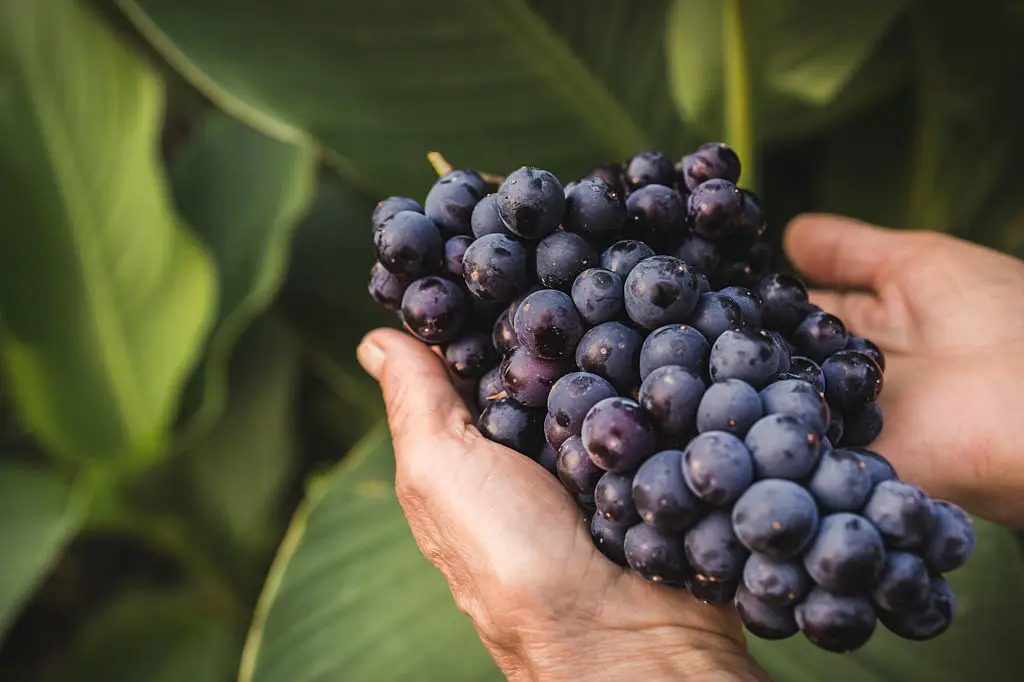
Resveratrol is a plant stilbene most famously found in grape skins and berries. Lab studies show it can activate SIRT1, a protein that influences mitochondrial function and cellular repair processes linked to longevity. Researchers think SIRT1 helps coordinate how cells respond to energetic stress, supporting better metabolic flexibility and resilience. People get resveratrol mainly through whole foods like red grapes, blueberries, and moderate amounts of red wine. Supplements are common but vary widely in purity and dose. For most readers, enjoying resveratrol in food is a low-risk, sensible strategy that fits into a balanced diet. If you’re tempted by supplements, discuss them with a clinician since high doses can interact with medications or have side effects. Small changes—adding a handful of berries to breakfast or using grapes as a snack—are practical ways to fold resveratrol-positive foods into daily life without fuss.
2. Curcumin — Anti-inflammatory support that influences protective genes
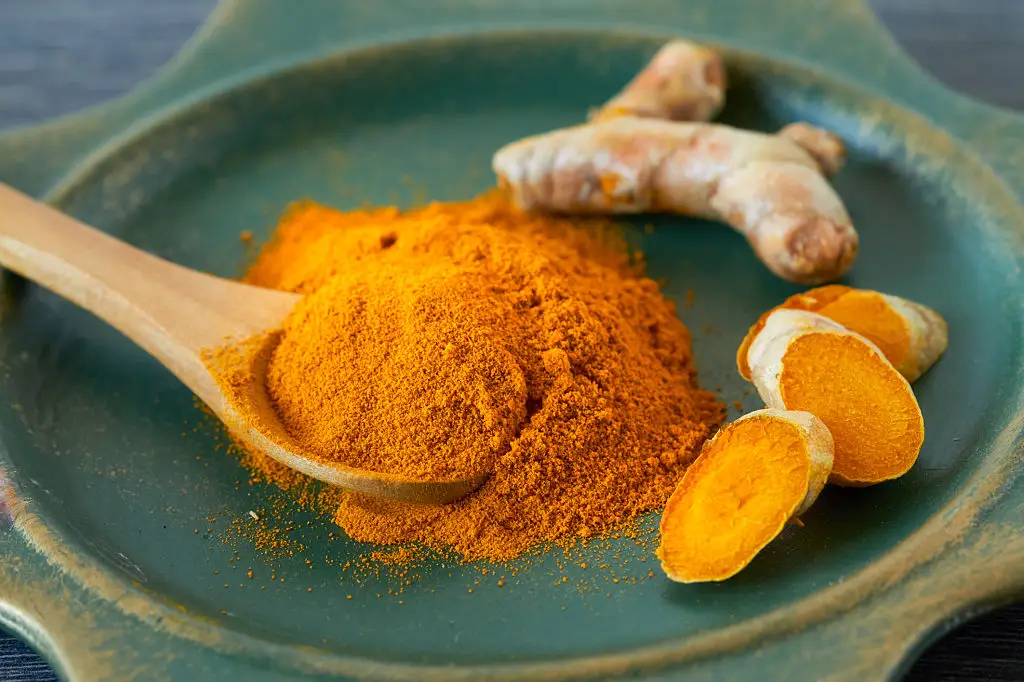
Curcumin is the bright compound in turmeric that helps explain the spice’s wide appeal. It works on several fronts: reducing chronic inflammation, modulating gene expression, and supporting cellular stress responses. One notable pathway influenced by curcumin is Nrf2, which turns on a suite of protective genes involved in antioxidant defenses and cellular cleanup. Because curcumin is not absorbed well on its own, pairing turmeric with black pepper or healthy fats boosts its availability; formulated supplements use similar strategies. Most evidence supports culinary use—adding turmeric to soups, stews, or smoothies—rather than expecting dramatic effects from occasional consumption. If you consider high-dose curcumin supplements, consult a clinician first, since they can affect blood clotting and interact with some medications. Embracing turmeric in everyday cooking is an accessible, low-pressure way to sample curcumin’s benefits.
3. EGCG — Green tea’s catechin that supports AMPK and autophagy

EGCG is the main catechin in green tea and features in research on energy sensing and cellular maintenance. It appears to influence AMPK, a central energy regulator that helps cells adapt when fuel is low. EGCG also supports autophagy, the cell’s recycling system for clearing damaged proteins and organelles. Regular green tea consumption has been associated with modest metabolic and cardiovascular benefits in human studies, alongside cellular-level effects in lab models. Drinking a few cups of green tea daily is a practical way to access EGCG without relying on extracts. Be cautious with concentrated green tea supplements; they can be potent and, in rare cases, affect the liver. As with other phytochemicals, whole-food approaches—sip green tea instead of grabbing another sugar-sweetened beverage—are a gentle, sustainable step toward supporting longevity pathways.
4. Thymol — A terpenoid that nudges autophagy via mitochondrial signals

Thymol is a terpenoid found in thyme and related Mediterranean herbs. Recent research highlights an interesting mechanism: thymol can transiently tone down mitochondrial membrane potential, which in turn activates autophagy, a cellular housekeeping process. In experimental models, this pathway helped cells and tissues better manage metabolic stress. For everyday life, culinary thyme and oregano are simple ways to include thymol in meals. These herbs also add flavor, making healthy dishes more enjoyable—an important piece of long-term consistency. While essential oils concentrate thymol and exist as supplements, they require careful dosing and professional guidance. Using fresh or dried herbs in cooking keeps intake gentle and food-first, aligning with the HealthPrep approach of sustainable, realistic habits.
5. Carvacrol — Supports mitophagy and cellular quality control
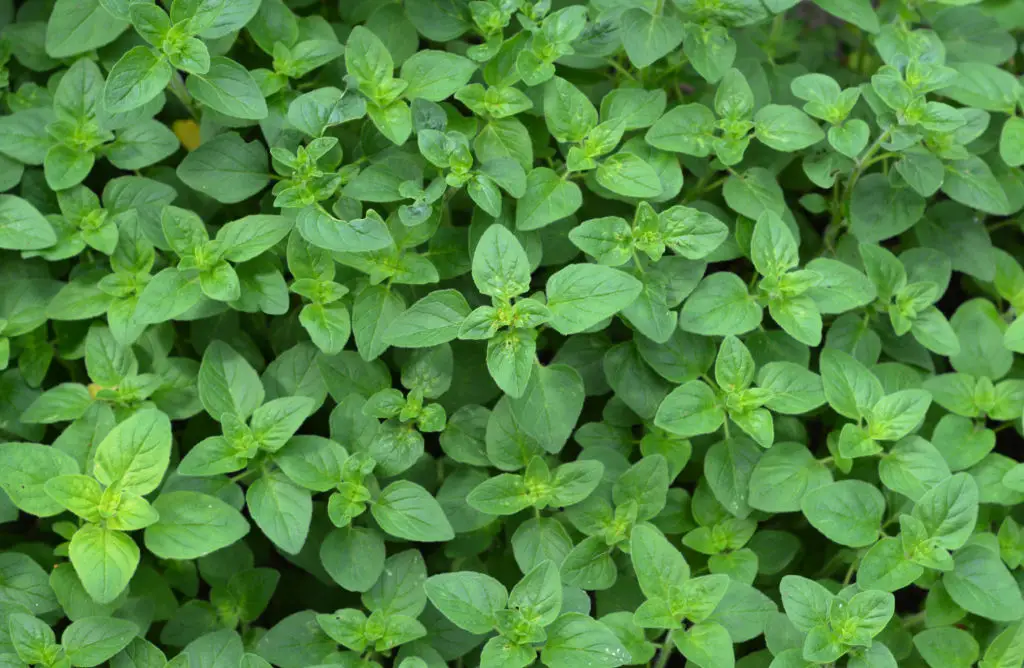
Carvacrol is another terpenoid abundant in oregano and thyme with promising links to mitophagy, the selective recycling of damaged mitochondria. Keeping mitochondria healthy matters because they supply cellular energy and influence how cells age. Early studies suggest carvacrol helps cellular clean-up systems work more efficiently, particularly under metabolic stress. In practical terms, adding oregano or thyme to sauces, roasted vegetables, and marinades provides a flavorful source of carvacrol. High-strength oregano oil supplements are available but can be intense and are best used under guidance. A food-first approach—seasoning dishes liberally with herbs—lets you benefit from these compounds while keeping things simple and safe.
6. Quercetin — A flavonoid that helps clear senescent cells
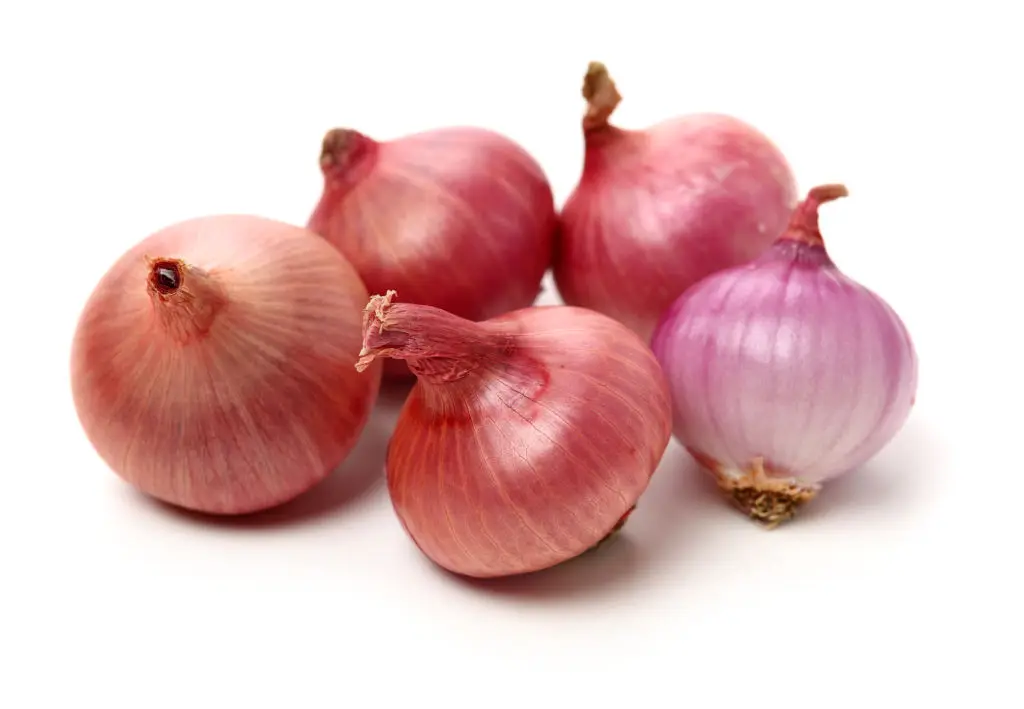
Quercetin is a common dietary flavonoid present in onions, apples, capers, and many berries. It’s attracted attention for senolytic properties—helping the body clear damaged, senescent cells that accumulate with age and can fuel inflammation. Research shows quercetin can work alongside other lifestyle measures to promote cellular renewal and reduce inflammatory signaling. Whole-food sources like sliced onions in salads, apples as snacks, and berries in breakfasts deliver quercetin as part of a nutrient-rich package. Some protocols pair quercetin supplements with other agents, but that’s a more clinical approach and not necessary for everyone. If you’re exploring supplements for targeted effects, consult a clinician so choices match your health needs and medications.
7. Sulforaphane — Turns on Nrf2 and cellular defense systems

Sulforaphane is a sulfur-rich compound most concentrated in broccoli sprouts and young cruciferous greens. It activates Nrf2, a master switch that turns on antioxidant and detoxification genes across many tissues. By boosting these internal defenses, sulforaphane supports resilience to everyday cellular stress and helps maintain tissue function. Eating broccoli sprouts, lightly steamed broccoli, or including cruciferous vegetables in meals are effective, food-first strategies. Because sulforaphane yield depends on how you prepare these vegetables, simple steps—like chopping sprouts just before use—can help. Supplements that concentrate sulforaphane exist, but starting with food keeps intake balanced and aligns with a realistic, sustainable approach to healthy aging.
8. Pterostilbene — A resveratrol-like compound with improved absorption
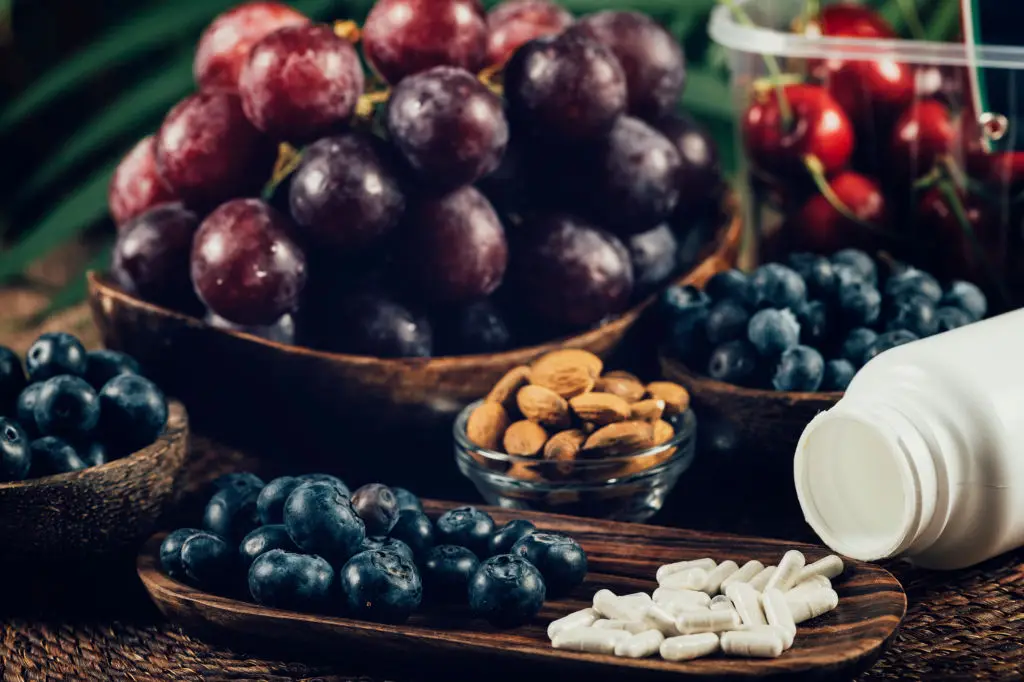
Pterostilbene is structurally similar to resveratrol and appears naturally in blueberries and a few other berries. Preliminary research suggests it taps some of the same SIRT1-related pathways that resveratrol does, with possibly better oral bioavailability. That makes it an attractive target for both food and supplement research. Including a variety of berries—fresh or frozen—helps you benefit from pterostilbene alongside fiber, vitamins, and other antioxidants. While supplements are available, their long-term effects deserve careful consideration. Eating berries regularly fits easily into daily routines and offers a tasty, low-pressure way to support longevity-related pathways.
9. Berberine — Activates AMPK to support metabolic balance

Berberine is an alkaloid found in plants such as Berberis species and has strong evidence for activating AMPK, the cell’s energy sensor linked to healthy metabolic aging. Clinical studies show berberine can support blood sugar balance and metabolic markers, which are important for overall healthspan. Because food sources are limited, berberine commonly appears as a supplement. That makes physician guidance essential—berberine can interact with medications and requires dosing oversight. If you prefer a food-first path, focus on dietary patterns that naturally support AMPK, such as balanced meals, regular activity, and nutrient-dense whole foods. For some people under medical supervision, berberine can be a useful tool, but it’s not a substitute for foundational lifestyle practices.
Nourish your longevity pathways with foods you enjoy

These nine phytochemicals highlight how everyday foods carry powerful signals for cellular repair, resilience, and balance. Adding herbs like thyme and oregano, sipping green tea, enjoying berries, and choosing cruciferous vegetables introduce multiple pathways that support healthy aging—SIRT1, AMPK, Nrf2, autophagy, and more. The best strategy is simple: favor whole foods, eat a variety of colorful plants, and make modest, repeatable changes that fit your life. That approach respects both science and practicality. Supplements have their place, yet they bring different risk profiles and require medical guidance, especially if you take medications or have chronic health conditions. If you’re curious about one specific compound, talk with your clinician or a registered dietitian to translate the science into choices that match your health goals. Over time, consistent small steps—seeded across daily meals—build a stronger foundation for graceful, resilient aging.
